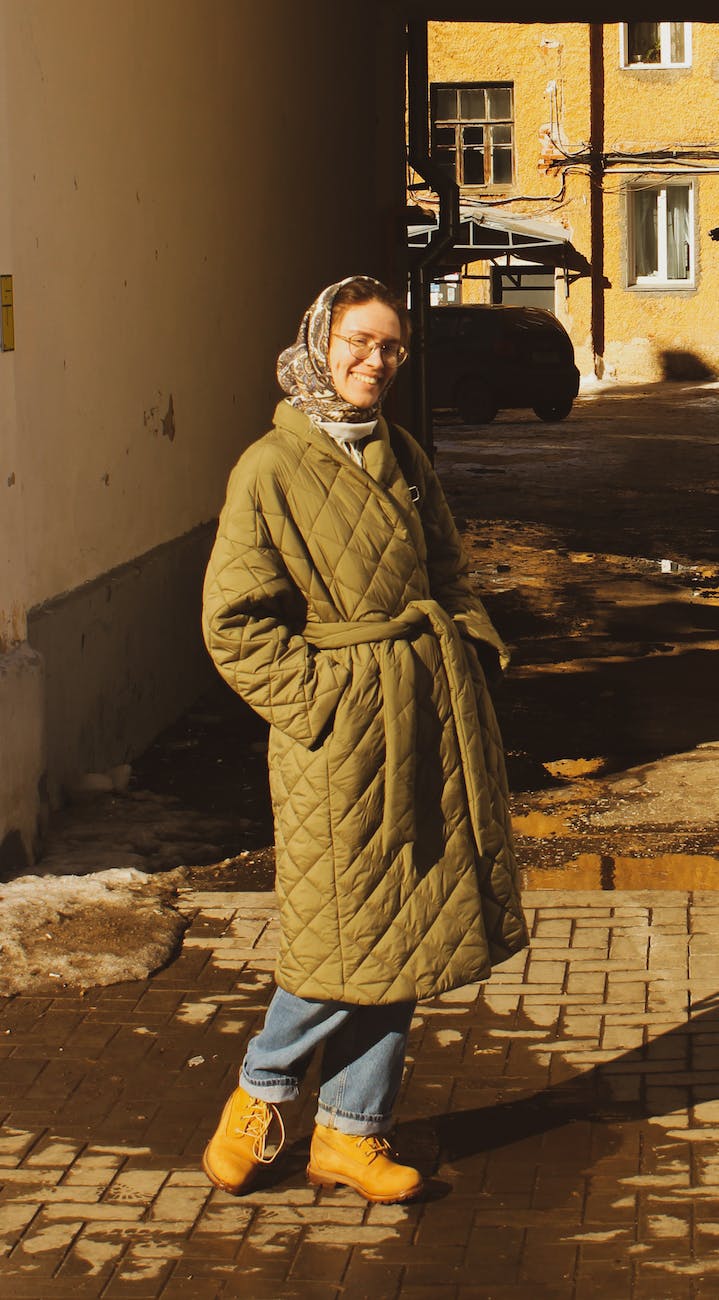From Fabric to Finished Quilt: The Quilting Process Explained
The journey from inspired idea to gorgeous completed quilt relies on many variables coming together seamlessly. Understanding the full creative process helps quilters thoughtfully plan and execute their visions. This overview will break down key steps involved in crafting quilts from initial conception to final presentation.
Finding Inspiration
Sparking that initial quilting vision:
- Observing shapes, colors and textures in nature, textiles, architecture and visual arts. Analyzing appealing attributes.
- Tapping memories, emotions and interests to envision personalized imagery or palette choices.
- Browsing fabric collections in person or online to discover new patterns, colors and textures that catch the eye.
- Looking through quilt books, magazines and patterns for style ideas or block concepts to springboard original designs.
- Sketching thumbnail drawings to work out compositions, test color schemes.
Planning the Quilt
Key considerations for bringing ideas to fruition:
- Desired function – wall hanging, baby quilt, lap quilt will determine size.
- Color palette – selecting a harmonious, balanced assortment of fabrics.
- Types of fabrics – prints, solids, textures to use for best definition.
- Design elements – block or layout styles, borders, embellishments.
- Tools and skills required – complex techniques may require classwork to build ability.
- Time commitment – estimate hours needed for completion based on techniques required.
Preparing Fabrics
Advance preparation streamlines the process:
- Wash, dry and press all fabrics so they pre-shrink before cutting.
- Square up awkward 1/4 yard cuts into more useable sizes if needed.
- Starch strips on the bias to stabilize them before cutting for straighter pieces.
- Gather tools like rotary cutters, specialty rulers and marking tools.
Constructing the Quilt Top
Piecing the patchwork design together:
- Cut fabric pieces accurately using measurements or templates.
- Sew individual pieces into units like blocks or borders. Press seams after stitching.
- Join units together methodically into completed quilt top.
- Square up quilt and trim to desired size once fully assembled.
Finishing the Quilt
Tasks to complete the textile sandwich:
- Select backing and batting materials suitable for quilt size and use.
- Use safety pins or spray adhesive to baste layers together for manageability.
- Add decorative stitching, ties or full quilting as desired across the area.
- Square up edges. Bind perimeter to encase raw fabric edges with finished binding strips.
With proper planning and pacing, quilters can transform inspired visions into cherished works of fiber art through this rewarding creative journey.
